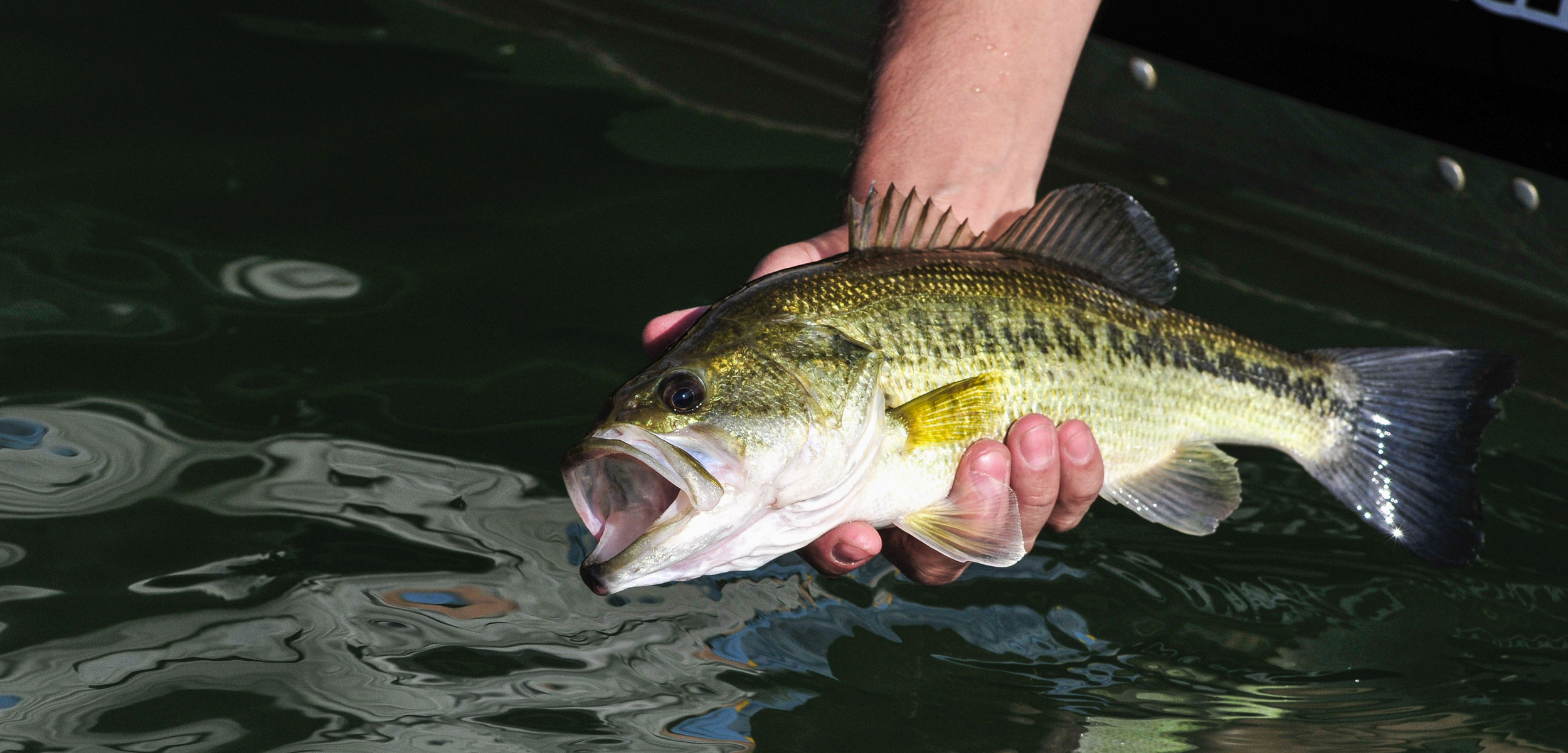Miscounted Fish May Be Skewing Population Sizes
By catching and counting the same tagged fish multiple times, researchers may be overestimating how many fish there are.
Article body copy
When scientists affix tracking tags to fish and release them into the ocean, they expect that some will live, some will die, and some will go on to be caught another day. The number of tagged fish researchers catch on repeated surveys provides a way to gauge fish populations. But according to a new study, a subset of fish is prone to being recaptured multiple times. Brendan Runde, a graduate student at North Carolina State University and lead author of the new study, says this means that “for most fisheries, we would be overestimating the number of fish.”
Runde and his colleagues came to this realization after combing years’ worth of tagging data for four Atlantic sport fish: black sea bass, gray triggerfish, red grouper, and Warsaw grouper. Using mathematical modeling, they simulated how many tagged fish were recaptured a second, third, and fourth time. For the bass and both types of grouper, they found that fish were recaptured a third time in higher proportions than expected.
Runde explains that in a scenario in which the odds of catching tagged and untagged fish are random, as researchers tend to assume, you’d expect that if you tagged 1,000 fish and released them, and then caught 100 more, that 10 of those fish would be tagged. “What we actually found,” Runde says, “was instead of seeing 10 in this oversimplified scenario, we were seeing maybe 20 or 30.”
After ruling out alternatives, the most likely explanation for this inflated recapture rate, the team concluded, is that fish that have already survived being caught and released have a better-than-average chance of being caught again.
Runde says that because catch-and-release recreational fishing accounts for millions of fish having experience being caught, it could be imposing an evolutionary pressure that selects for a hardier population. “If being robust to catch and release can be passed from parent to offspring, then that means that over time, as we humans inflict more and more fishing pressure, we should see the population as a whole move towards resilience to release mortality,” Runde says.
This robustness runs counter to the presiding assumption among fisheries biologists, which is that catching and releasing a fish causes stress, and that cumulative captures weaken a fish’s chance of survival, making it less likely, not more, to be caught a third or fourth time, says Anthony Overton, a fisheries scientist at Samford University in Alabama who was not involved in the study. But the higher fish recapture rates in the study indicate “their chances of death aren’t as high as what we had originally assumed.” And because managers set catch limits based on mortality rates, Overton says, “we need to rethink how we manage the species.”
To gauge the importance of this miscounting in the real world, the research team then looked at how the difference in mortality rates for released fish affects the sustainability of the fisheries based on the most recent stock assessments for black sea bass and red grouper off the coast of the southeastern United States. While the recalculation did suggest that fisheries managers were overestimating the fish populations, it also found that the lower mortality estimates improved the status of both fisheries. Black sea bass, it seems, are even further from their overfishing threshold than thought, while red grouper aren’t experiencing the amount of overfishing their most recent assessment suggested.
Overton and Runde both agree that the study’s findings are likely species specific, and that recapture rates should be measured for other populations before making management decisions. But as Runde points out, “it is likely that any fishery with even a low proportion of releases experiences repetitive captures.”

